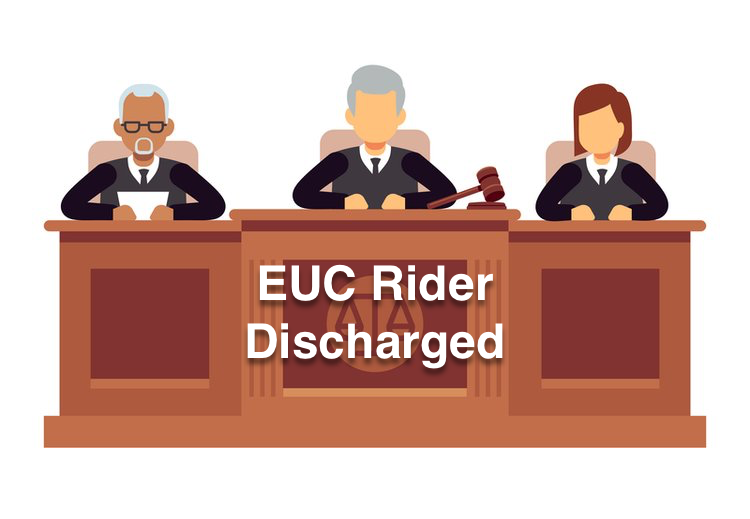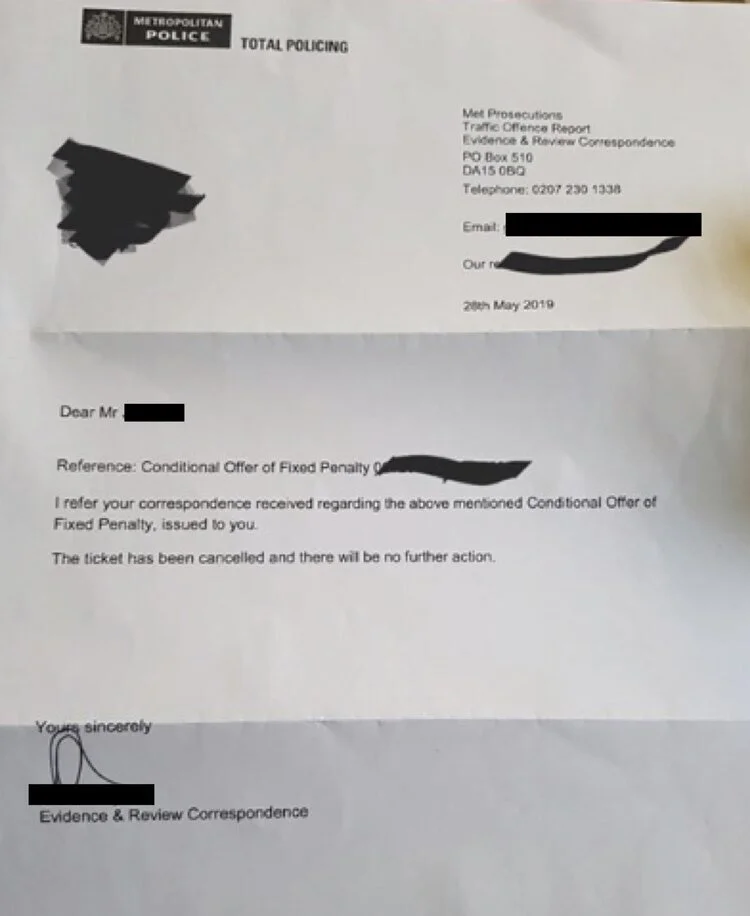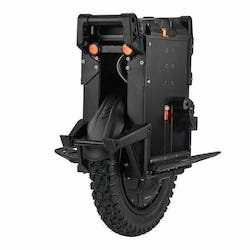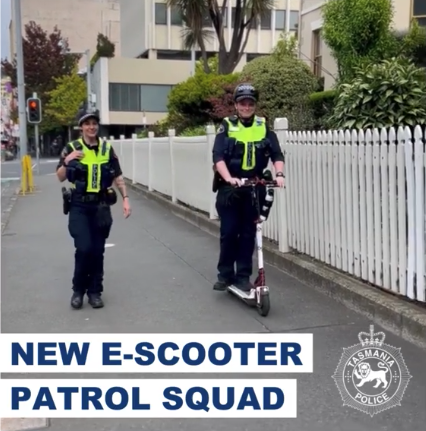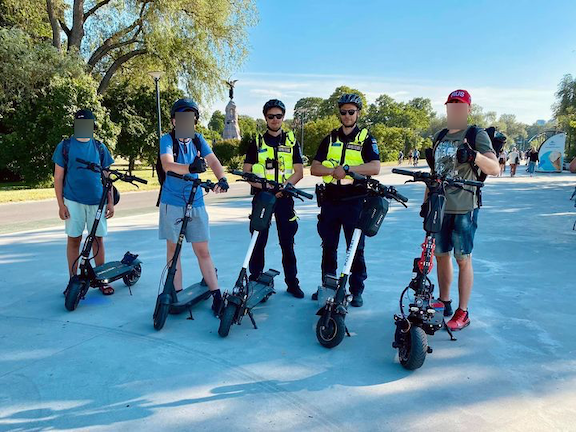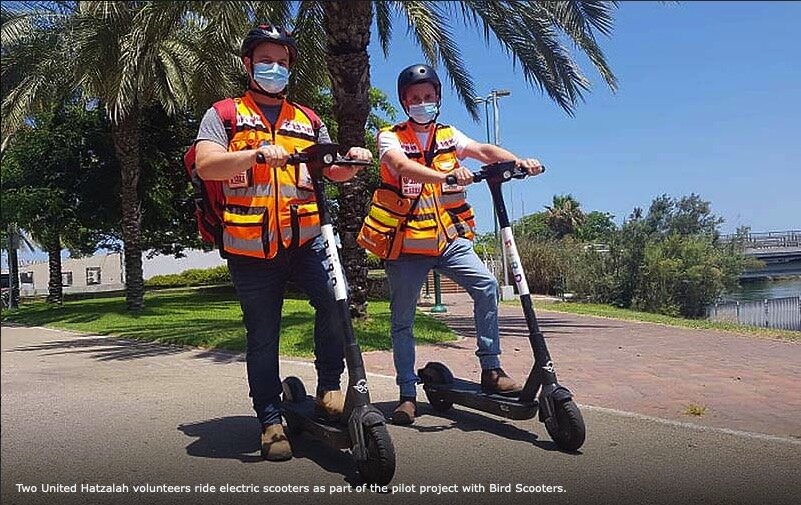The Veteran Sherman L has garnered attention from various reviewers, each offering unique insights into its performance and features. Here’s a comprehensive analysis, incorporating direct quotes from multiple reviewers under each subheading.
We know there are hours of high-quality, real-world video reviews online, but not everyone has time to watch them all. This summary distils key insights into strengths and weaknesses, saving you time and helping you decide whether to buy new or second-hand.
Based on the top YouTube reviews at the time of writing, this guide combines expert insights with my own analysis for a balanced overview. You’ll also find links to reviewer Bio’s and full reviews for deeper exploration.
Each section features direct quotes from reviewers, ensuring a comprehensive real world breakdown, helping you focus on what matters.
Read on to discover whether this wheel is the right choice for you!
Summary
The Sherman L builds on the legacy of its predecessors, focusing on long-range comfort and stability while incorporating advanced safety features.
Its 4,000Wh battery ensures extensive range, and its Hall sensor redundancy enhances reliability, even in challenging conditions.
Reviewer Insights:
Freshly Charged: “LeaperKim has released the latest edition of the Sherman: the Veteran Sherman L. We’ve reviewed a number of previous LeaperKim wheels, including the Veteran Lynx, Veteran Sherman, Veteran Sherman Max and Veteran Abrams, but the Sherman L is the longest range, biggest and most expensive LeaperKim wheel yet.”
ElectricUnicycles: “This ride is an experience; it brings out the best of what the Sherman series is known for.”
Wilson’s Hobbies: “For some riders, the range and build quality justify the investment.”
Hsiang: “The Sherman L builds on proven technologies but doesn’t redefine the game.”
eevee’s: “This wheel excels in stability and comfort for long rides.”
Technical Specifications
The Sherman L boasts impressive technical specifications:
Voltage: 151V
Motor Power: 3,200W nominal, 8,000W peak
Battery Capacity: 4,000Wh
Wheel Diameter: 18-20 inches
Weight: 102.5 lbs (46.5 kg)
Top Speed: ~60 mph (97 km/h)
Range: ~100 miles (160 km), depending on riding style
Suspension: Fastace, 90 mm travel with adjustable spring options
Reviewer Insights:
Freshly Charged: “The 3200W motor provides plenty of torque and accelerating power at any speed, up almost any incline.”
ElectricUnicycles: “The voltage makes a noticeable difference when climbing and accelerating—it’s a real powerhouse.”
Wilson’s Hobbies: “For some riders, the range and build quality justify the investment.”
Hsiang: “The Sherman L builds on proven technologies but doesn’t redefine the game.”
eevee’s: “This wheel excels in stability and comfort for long rides.”
Suspension
The Sherman L features a Fastace progressive hydraulic suspension system, offering 90 mm of travel. Riders can choose between springs with different stiffness levels (62 lbs, 66 lbs, or 70 lbs) to tailor the suspension to their weight and riding style.
Reviewer Insights:
Freshly Charged: “The FastAce suspension provides 90mm of travel, with 3 different spring options, either 62lbs, 66lbs or 70lbs.”
ElectricUnicycles: “The suspension offers comfort but could be softer for urban rides.”
Wilson’s Hobbies: “It’s functional, but for city riders, a softer spring might be ideal.”
Hsiang: “The progressive shock design leans more toward durability than urban comfort.”
eevee’s: “A linear spring from the Sherman S might enhance its street performance.”
Motor Performance and Torque
Equipped with a 3,200W motor (8,000W peak), the Sherman L delivers exceptional torque and responsiveness. Its smooth acceleration curve is particularly praised by reviewers, with high stability even at top speeds.
Reviewer Insights:
Freshly Charged: “The 3200W motor provides plenty of torque and accelerating power at any speed, up almost any incline.”
ElectricUnicycles: “It climbs steep hills effortlessly with no loss in power.”
Wilson’s Hobbies: “The motor offers ample power but drains the battery when pushed hard.”
Hsiang: “Smooth power delivery, but it feels like incremental progress.”
eevee’s: “A shocking amount of torque for such a big wheel—effortless at high speeds.”
Off-Road Performance
While the Sherman L isn’t designed for technical trail use, its robust construction and stable ride make it suitable for light off-road paths. The stock tyre offers decent grip for gravel and uneven terrain, though the wheel’s weight limits agility on tighter trails.
Reviewer Insights:
Freshly Charged: “This is primarily a street wheel, but it can handle trails when needed.”
ElectricUnicycles: “It shines on moderate trails but feels bulky on technical paths.”
Wilson’s Hobbies: “Not ideal for tight, technical single-track trails.”
Hsiang: “The weight limits its agility on rugged terrain.”
eevee’s: “A street wheel at heart, but capable of light trail use.”
Urban Usability
For city use, the Sherman L excels in stability and ease of handling, particularly at higher speeds. Its newly designed trolley handle, praised as the best in any Sherman model, adds convenience. However, the weight of 102.5 lbs can make it cumbersome for urban riders who need to frequently navigate stairs or crowded spaces.
Reviewer Insights:
Freshly Charged: “The best trolley handle in any Sherman makes urban use easier.”
ElectricUnicycles: “The stability makes it great for city commutes, though not for crowded spaces.”
Wilson’s Hobbies: “Navigating stairs with 102 lbs of wheel isn’t fun, but the wheel itself is stable and predictable.”
Hsiang: “The weight limits portability but enhances road stability and ride comfort.”
eevee’s: “Despite its size, beginners can acclimate quickly thanks to its smooth and forgiving ride.”
Range
The Sherman L’s massive 4,000Wh battery is a key selling point, enabling ranges of up to 100 miles per charge under optimal conditions. Testers found it reliable, even when pushing the wheel to higher speeds or navigating challenging terrain.
Rider weight, terrain, and speed heavily influence range, with lighter riders achieving greater distances. At a moderate pace of 35 km/h, the Sherman L reliably covered between 90 to 100 miles, making it one of the best options for long-distance enthusiasts.
Reviewer Insights:
Freshly Charged: “I managed 151 km (94 miles) on a single charge at moderate speeds—a serious achievement.”
ElectricUnicycles: “Range anxiety is nonexistent with this wheel, even for long-distance trips.”
Wilson’s Hobbies: “You’re getting 70–85 miles on most rides, but fast chargers are essential for reducing downtime.”
Hsiang: “Range is the main selling point, but it might not justify upgrading from the Lynx if you don’t ride far often.”
eevee’s: “I love not needing to charge during an entire trip—one charge is plenty for a full day of riding.”
Durability and Customisation
Durability is a hallmark of the Sherman series, and the Sherman L is no exception. Its magnesium shell balances strength and weight reduction, ensuring it can withstand rough handling and challenging terrains. However, stock customisation options are limited, with riders often seeking third-party upgrades for features like seats or grippier pedals.
The inclusion of Hall sensor redundancy is a major improvement in safety, allowing the wheel to continue operating even if a sensor fails—a feature praised by multiple reviewers.
Reviewer Insights:
Freshly Charged: “Hall sensor redundancy is a game-changing safety feature that reduces the likelihood of catastrophic cutouts.”
ElectricUnicycles: “This thing is built like a tank; it’s not going to break down easily, even under harsh conditions.”
Wilson’s Hobbies: “Expect high durability but limited stock customisation options, which can frustrate riders who want more.”
Hsiang: “More range but less innovation—it feels like an iterative step, not a revolutionary one.”
eevee’s: “Where’s the seat? It’s essential for long-range comfort, and I hope third-party manufacturers address this soon.”
Known Issues
The Sherman L has a few limitations that potential buyers should consider. While none of these are deal-breakers for most experienced riders, they are worth noting:
Weight: At 102.5 lbs, it’s one of the heaviest wheels on the market, making portability a challenge.
Stock Pedals: Riders found the stock pedals lacking grip, especially during aggressive riding or in wet conditions.
Suspension Stiffness: The Fastace suspension, while excellent for off-road impacts, can feel too rigid for urban riding.
No Stock Seat: Given its long-range focus, the absence of a seat is an oversight that affects comfort on extended rides.
Reviewer Insights:
Freshly Charged: “It’s almost perfect, but the small things—like the lack of a stock seat—feel like oversights.”
ElectricUnicycles: “Some pedals can be slippery, and the lack of a seat is inconvenient for riders who go long distances.”
Wilson’s Hobbies: “You might need to swap out the pedals immediately for something with more grip.”
Hsiang: “These minor flaws are noticeable but don’t overshadow the wheel’s overall reliability.”
eevee’s: “For a wheel this capable, it’s surprising that some basics like a seat aren’t included.”
Target Audience
The Sherman L is designed for experienced riders who prioritise stability, long-range performance, and safety. It’s less suitable for casual users or those looking for a lightweight, agile wheel for urban commuting.
Ideal Riders:
Long-distance commuters who need extended range without frequent charging.
Speed enthusiasts seeking high torque and stability for highway or open-road riding.
Riders prioritising durability and safety features, especially those riding in diverse terrains.
Less Ideal Riders:
Beginners who may find the size and weight intimidating.
Trail enthusiasts looking for agile, lightweight wheels for technical single-track paths.
Urban commuters who need to frequently carry or lift their wheel.
Reviewer Insights:
Freshly Charged: “For riders who want peace of mind during long trips, this wheel is hard to beat.”
ElectricUnicycles: “The weight might deter some buyers, but it’s a dream for those who prioritise stability.”
Wilson’s Hobbies: “Not for everyone, but the right rider will find this wheel transformative for their rides.”
Hsiang: “It feels like a wheel designed for veterans of the EUC community rather than new riders.”
eevee’s: “A fantastic touring wheel, but it’s not the playful wheel some riders might want.”
Veteran Sherman L Marks Out of 5
| Category | Score | Comment |
|---|---|---|
| Performance | 4.5/5 | Smooth torque and acceleration but heavy for nimble handling. |
| Durability | 5/5 | Excellent build quality and safety redundancy with Hall sensors. |
| Urban Usability | 4/5 | Stable and commuter-friendly but limited by weight and portability. |
| Off-Road Capability | 3.5/5 | Great for light trails but too heavy for technical terrain. |
| Value for Money | 3.5/5 | High price with missing basics like a stock seat or grippy pedals. |
Overall Rating: 4.1/5
Conclusion
The Veteran Sherman L is a standout wheel for long-distance enthusiasts and riders who demand durability and performance. Its combination of stability, safety features, and range makes it a compelling choice for experienced EUC users. However, its weight and high price may deter casual riders or those new to electric unicycles.
If you’re ready to invest in a premium EUC for long rides, the Sherman L delivers exceptional performance. But for riders with different priorities, exploring alternatives like the Lynx or Kingsong S22 might be worthwhile.
What do you think about the Sherman L? Share your thoughts or experiences in the comments below!
Veteran Sherman L Frequently Asked Questions
-
The Veteran Sherman L has a stated maximum range of 125 miles. However, the real-world range depends on factors like terrain, rider weight, speed, and riding style. Most riders report achieving over 100 miles on a full charge under typical conditions.
-
The Sherman L weighs 102.5 lbs (46.5 kg). Its weight enhances stability and durability but can make it less portable for frequent lifting or carrying.
-
Due to its size, weight, and power, the Sherman L is recommended for experienced riders. Beginners are advised to start with smaller, lighter, and less powerful wheels before transitioning to advanced models like the Sherman L.
-
The Sherman L features a hydraulic suspension system with a progressive spring. Riders can choose between three spring options—62 lbs, 66 lbs, and 70 lbs—to suit their preferences and riding conditions.
-
Some riders have noted that the stock tire can cause “train-tracking” at lower speeds. Additionally, the wheel’s heavy weight and bulk can make tight maneuvering challenging, especially in urban environments.
Sources
This expert summary is based on insights from some of the top YouTube channels in the electric unicycle community, each bringing a unique real world perspective. You’ll find their bios and links below if you want to dive deeper!
Freshly Charged, formerly known as the Jimmy Chang YouTube channel, is dedicated to testing and reviewing personal electric vehicles (PEVs) such as electric unicycles, e-scooters, e-bikes, and Onewheels. Founded by Jimmy Chang, the channel aims to provide informative content to help viewers make informed decisions about their next PEV purchase.
ElectricUnicycles is a YouTube channel dedicated to electric unicycle enthusiasts, offering a variety of content including ride videos, equipment reviews, and repair tutorials. The channel aims to provide valuable information and entertainment for both new and experienced riders, sharing the joy and intricacies of electric unicycling.
Wilson’s Hobbies is a YouTube channel that showcases a variety of content, including electric unicycle ride videos, video game highlights, and miscellaneous topics. The channel aims to provide engaging and informative content for hobby enthusiasts.
Hsiang is a YouTube channel that delves into the world of electric unicycles (EUCs), offering a mix of ride experiences, product reviews, and industry insights. The channel aims to provide valuable information and entertainment for both new and experienced EUC riders.
eevee’s is Canada’s premier personal electric vehicle (PEV) retailer, specializing in e-scooters, electric unicycles (EUCs), and electric skateboards. Their YouTube channel complements their retail operations by providing how-to guides, product reviews, and the latest news on PEVs, including Onewheels, EUCs, e-scooters, and e-skateboards.
Curious to see the Veteran Sherman L in action? CLICK HERE to explore all the in-depth video reviews!


















